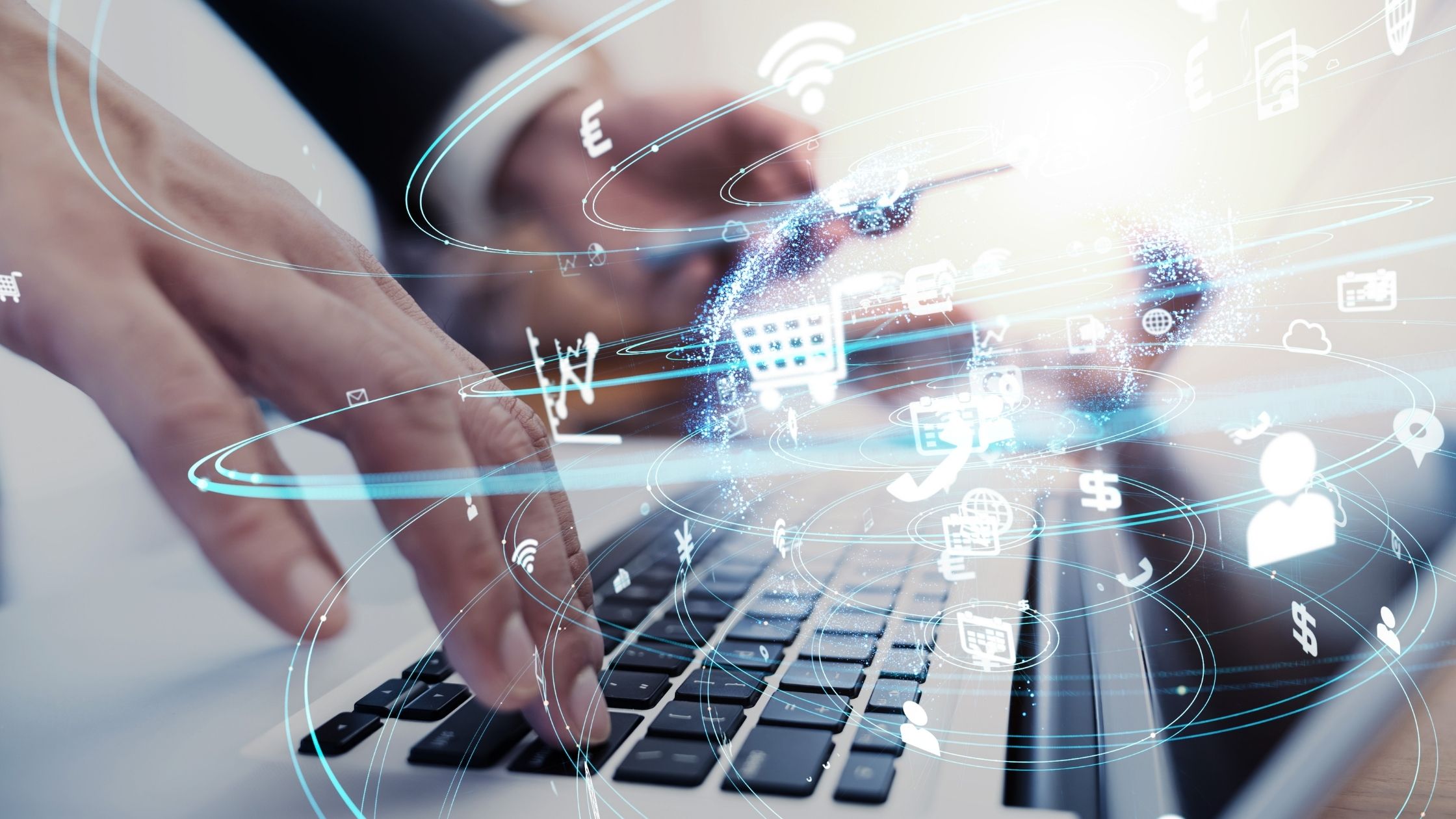Robotic Process Automation refers to the process of automating workflows with the help of robots/software in order to reduce the involvement of humans. In this blog, we tell you about robotics process automation technology.
There are three key terms to comprehend over here: robotic, process, and automation. Let me go over each of these terms one by one.
Robotic: Robots are entities that mimic human actions.
A Process is a series of steps that leads to significant activity. For instance, the process of making tea or preparing your favourite cuisine.
Automation: Any process carried out by a robot without the intervention of a human. To recap all of the phrases, Robotic Process Automation is the imitation of human actions to conduct a sequence of stages that leads to a meaningful task without any human participation.
RPA’s Emergence
Robotic Process Automation emerged in the early 2000s as a combination of artificial intelligence, screen scraping, and workflow automation. By creating an influence in the market, this technology-enhanced the capabilities of all three technologies. Since RPA arose as a result of its predecessors, it has been heavily reliant on both screen scraping and workflow automation. It supports drag-and-drop functionality and captures data from different websites using optical character recognition (OCR) technology.
If you’re wondering how RPA and AI are related, then here it is. RPA allows you to set the robot to collect data, recognize patterns, and then adapt as needed. The combination of RPA and AI enables you to make complicated decisions.
RPA vs. Automation
Automation: The development of new technology to address an existing manual problem is referred to as automation. However, human intervention is absolutely required.
RPA: RPA software automates the human aspect in the process by utilizing the interface of existing technology. So, in essence, no human intervention is required. In layman’s words, what distinguishes automation from RPA is RPA’s capacity to adapt to varied scenarios. Once taught to collect and interpret the behaviours of processes in current applications, it may undertake additional tasks such as manipulation, triggering reactions, and communicating with several systems at the same time.
RPA Trends
RPA is said to contribute to the expansion of the Big Data and Internet of Things markets. As they record and monitor the processes to perform workflows, software robots will be able to generate massive amounts of data about corporate operations. Not only that, but RPA is capable of analyzing Big Data and revealing business insights.
Aside from this, RPA is thought to interact with other tools to improve customer experience. Artificial intelligence, cyber security, cloud computing, and virtual reality are thought to collaborate with RPA for automation.
Looking at market trends, it is clear that RPA is the next-generation technology that is involved in every industry. Whether a small business or a giant corporation, the necessity for automation will never be replaced.
RPA Software Factors to Consider
Simple: Businesses should ensure that their goods are simple, easy to learn, and easy to apply.
Speed: The software should be able to build and test new processes in order to optimize the bots’ speed of operation.
Scalability: The chosen RPA software should be able to scale quickly and be managed centrally.
Intelligence: Software should be capable of supporting simple task-based tasks such as data manipulation.
Reliable: The tool should include built-in monitoring and support tools for monitoring system health.
Enterprise-Class: The software should meet the needs of the firm by delivering scalability and reliability.

Leave a Reply